Exploring the Army’s obscure and radical SAWS program
- By Travis Pike
Share This Article
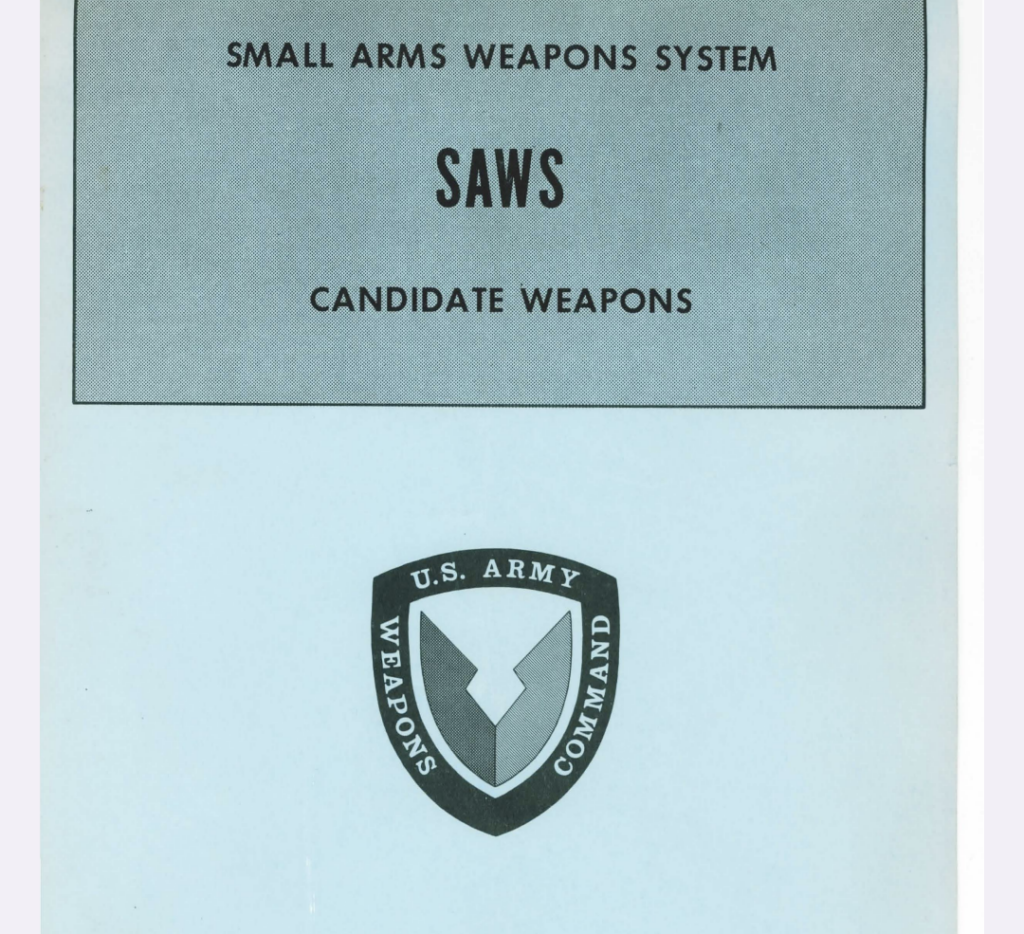
The U.S. Army adopted the M16 in 1964. While it seemed happy with the weapon, it continued to experiment to find the best overall weapon combination for its rifle squads. This job fell to the SAWS, or Small Arms Weapons System, program that experimented with various weapons, configurations, ammo types, and squad makeup.
SAWS ran from 1965 to 1966 and mixed and matched various standard and experimental weapon types. In 1965, the Army gathered a series of candidates for the program, detailed in the Small Arms Weapons System Candidate Weapons pamphlet.
Photos of this weapon and one other have been spread across the internet, wrongly attributed as different weapons, or, in some cases, just created confusion.
SAWS candidates
One of the most interesting entries into the SAWS program was the Stoner 63 which was a modular weapon system that could be easily transformed into various configurations, including assault rifles and belt-fed machine guns. The Stoner 63 series was entered in various configurations, including rifle, carbine, automatic rifle, and machine gun variants.
Colt entered the M16 and variants of the M16 known as the Colt Heavy Assault rifle and Colt Submachine gun. The Heavy Assault Rifle was an automatic rifle variant designed for sustained fire and fit with a heavy barrel and bipod. Colt also provided the CMG-1 belt-fed 5.56, light machine gun. The Colt Submachine Gun did not make it to final testing.
Along with the Colt entries, two concept weapons – the CAR-15-M5 and the CAR-15-M5A1 – were entered. (These two concept weapons drew me to the SAWS project.) These weapons ditched the rear buffer of the AR, and it appears that Colt wanted to use a long-stroke gas system. The M5 used a fixed and the M5A1 an underfolding stock; both had short barrels. Neither gun was ever created.
The AR-18 was another candidate, which Armalite produced after the AR-15 design. It’s a short-stroke gas piston gun designed to be affordable. H&R entered a 5.56 conversion of the G3 rifle. This roller-delayed blowback gun was popular in 7.62 NATO in Europe. The AR-18 and G3 were listed as candidates, but neither made it to the testing phase for unknown reasons.
Related: This is why the iconic M16 rifle has served for so long
The SAWS realistic experiments
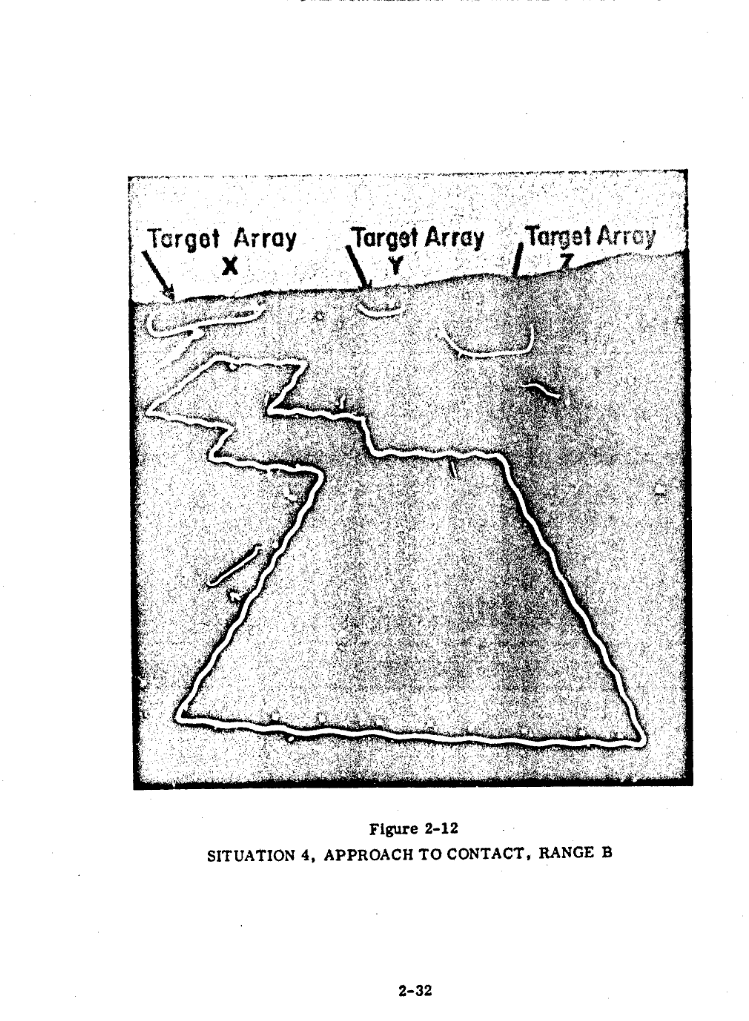
The object was to determine which combination of weapon systems would best serve the American infantrymen in combat.
The Army tested the SAWS candidate weapon systems against the 7.62 M14, M14E2, and M60, and the Russian AK, RPD, and DPM.
The Army used a variety of personnel with different skill sets and even different Marksmanship levels. They tried hard to have a diverse group of Soldiers for the testing process. These selected soldiers were trained with the firearms they were issued before testing and experimentation.
There were 15 squads with various weapon makeups. The testing referred to them by initials. Those squads were as follows:
- UA – Nine M14 Rifles
- UB – Seven M14 Rifles and two M14E2 ARs
- UC – Five M14 Rifles and two M60 MGs
- UD – Nine M14E2 Rifles
- CA – Nine M16E1 Rifles
- CB – Seven M16E1 Rifles and two Colt ARs
- SA – Nine Stoner Rifles
- SB – Seven Stoner Rifles and 2 Stoner ARs
- SC – Seven Stoner Rifles and 2 Stoner MGs
- RA – Nine AK47 Rifles
- RC – Seven AK47 Rifles and two RPD MGs
- CX – Nine M16E1 Rifles (Same mix as CA, but used in follow-on experimentation as a control mix)
- CY – Nine Colt ARs
- MB – Seven M16E1 Rifles and two Colt ARs (Same mix as CB, but used in follow-on experimentation as a control mix)
- MC – Seven M16E1 Rifles and two Stoner MGs
The assault rifle and machine gun portion of the SAWS involved several experimental situations. These included basic soldier skills like line assaults, base-of-fire support, approach to contact, ambushes, and day and night defense. The machine guns were also subjected to tests in which they supported an assault, as a base of fire, as fire support, and in defense against an attack.
The experiments used targets of various sizes at unknown ranges and Soldiers had to shoot and move as a squad. These were advanced realistic (for the time) ranges and similar to what the modern military still uses. The Army measured accuracy, time to complete the ranges, soldier exposure, and more.
Related: Attempting to keep the historic BAR rifle relevant by turning it into a bullpup
The best of the best
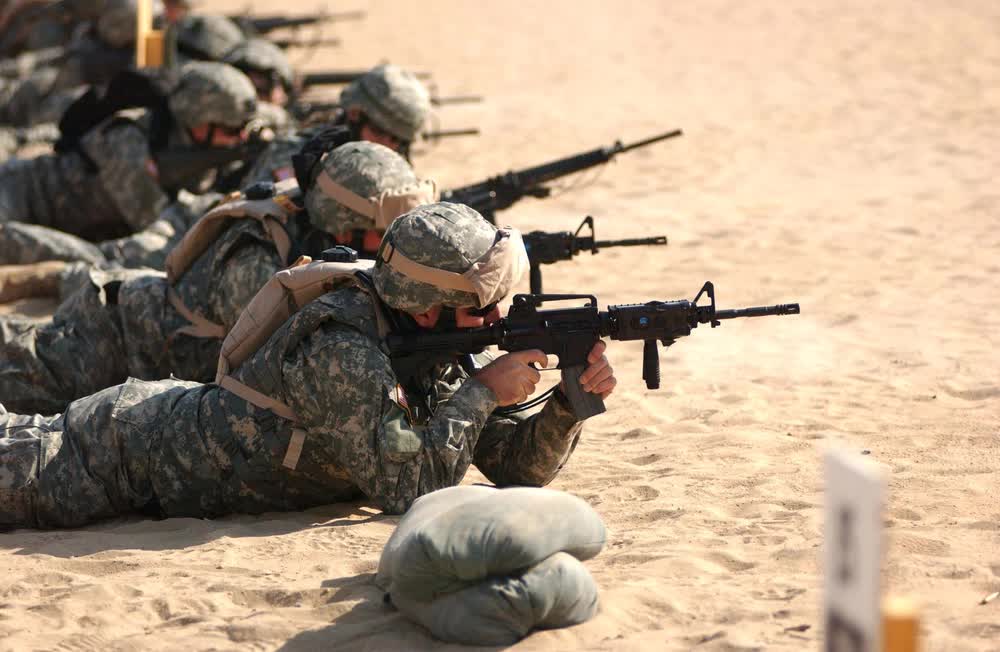
There were a total of 12 events. In these events, the squad armed with M16 rifles did the best overall. It’s also worth mentioning that when they just measured target effects, the Stoner rifles did better, but the M16s came in second place and were only two points behind the Stoners. In the overall effectiveness rating, the M16s had 62.5 points, compared to the nearest competitor’s 56.7.
In the ambush events, the Stoner rifles took first place in both target effects and overall effectiveness. Interestingly, the AK 47 squad took second place in overall effectiveness. Throughout testing, it was evident that Soldiers armed with lighter-weight, intermediate rifles outperformed full-powered rifles like the M14.
The SAWS found that rifles like the M14 were not more effective within 300 to 500 yards. Lighter, lower-recoiling rifles were more effective at night. Additionally, they found that if 7.62 weapons were issued, a squad of nine soldiers armed with only M14s was better than a squad with M14s, M14E2s, and M60s. The Army also stated that the M60 was unsuitable for rifle squad use.
Based on the events, the SAWS concluded that the M16 and the Stoner were equivalent in target effects and the Colt AR-15 was more effective due to its lower weight. The AK-47 rifles were the most reliable in the group. They also found that the 5.56 used in the experiment was unsatisfactory because of its fouling characteristics and pressure mismatch between ball and tracer rounds.
It was also concluded that the lightweight 5.56 machine gun had great potential – although it would be two decades before we got the M249 SAW, the seed had been planted.
Although SAWS tests are never brought up these days, they are a fascinating part of military history and modern armament selection. The program’s conclusions seemed to be correct, as the last decades of modern warfare have demonstrated. This obscure test was radically progressive for a conservative Army.
Feature Image: The cover of SAWS candidate weapons booklet. (U.S. Army)
Read more from Sandboxx News
- Ukraine’s getting powerful long-range glide bombs that will give its F-16s a new punch
- Exploring the versatile cornerstone of the US Navy’s destroyer fleet
- 7 strategies to stay positive in your military (or in any) career
- America’s F-15EX could wear many hats in a 21st-century fight
- Anduril’s new cruise missile concept could be a boon for American airpower
Related Posts
Sandboxx News Merch
-

‘AirPower’ Classic Hoodie
$46.00 – $48.00 Select options This product has multiple variants. The options may be chosen on the product page -

‘Sandboxx News’ Trucker Cap
$27.00 Select options This product has multiple variants. The options may be chosen on the product page -

‘Kinetic Diplomacy’ Bumper Sticker (Black)
$8.00 Add to cart

Travis Pike
Travis Pike is a former Marine Machine gunner who served with 2nd Bn 2nd Marines for 5 years. He deployed in 2009 to Afghanistan and again in 2011 with the 22nd MEU(SOC) during a record-setting 11 months at sea. He’s trained with the Romanian Army, the Spanish Marines, the Emirate Marines, and the Afghan National Army. He serves as an NRA certified pistol instructor and teaches concealed carry classes.
Related to: Gear & Tech, Military History

The Switchblade, loitering munitions, and the new terrifying face of warfare
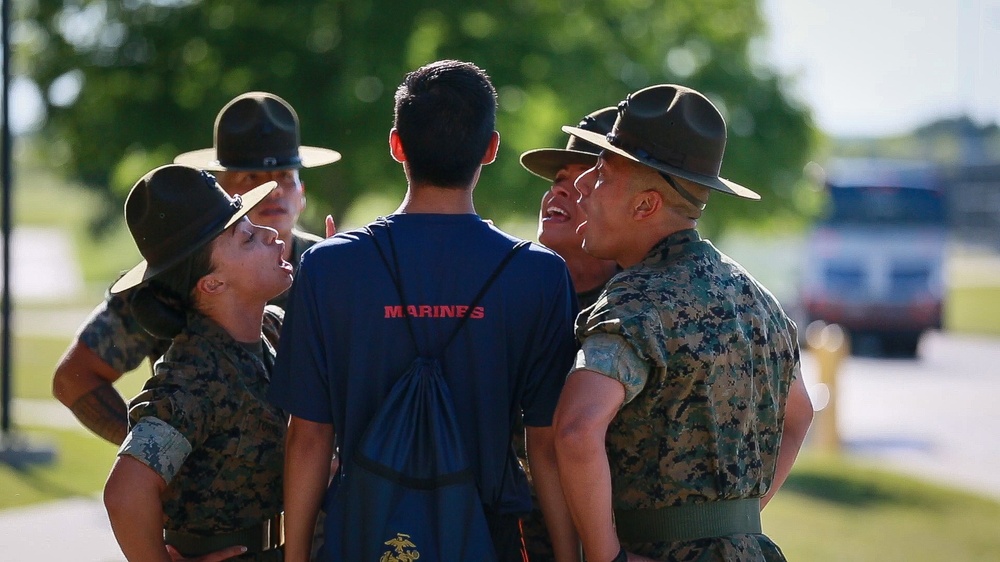
5 ways to prepare and survive the Marine Corps boot camp
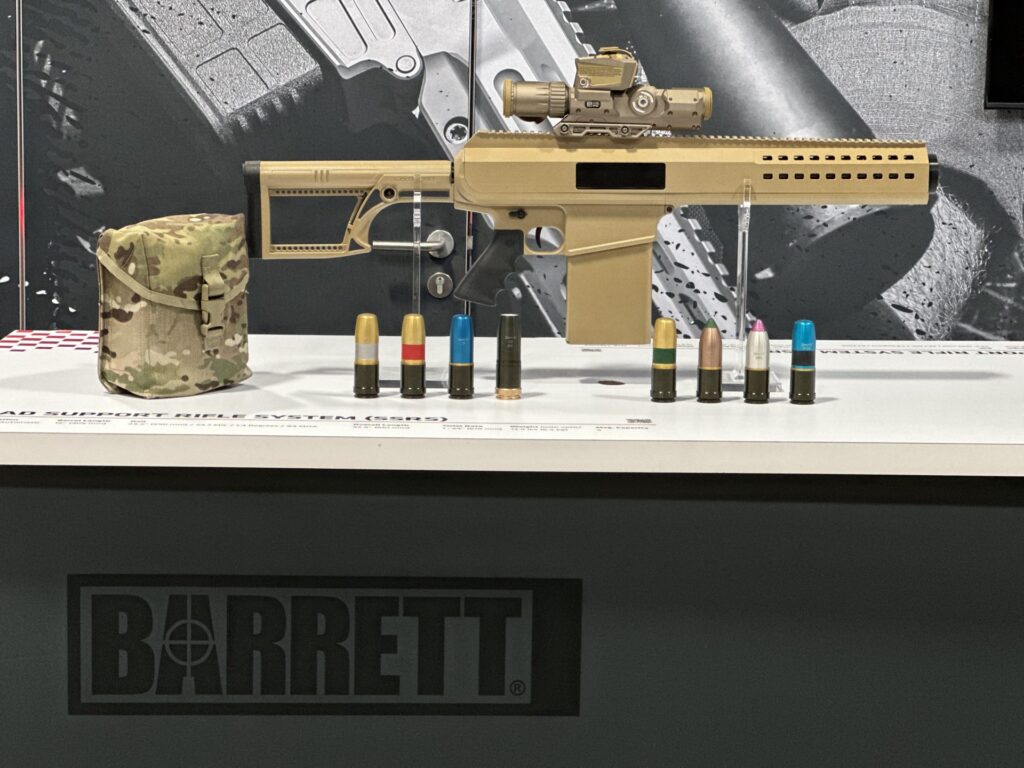
Barrett’s Squad Support Rifle System will make infantry squad deadlier
Sandboxx News
-

‘Sandboxx News’ Trucker Cap
$27.00 Select options This product has multiple variants. The options may be chosen on the product page -

‘AirPower’ Classic Hoodie
$46.00 – $48.00 Select options This product has multiple variants. The options may be chosen on the product page -

‘AirPower’ Golf Rope Hat
$31.00 Select options This product has multiple variants. The options may be chosen on the product page -

‘Sandboxx News’ Dad Hat
$27.00 Select options This product has multiple variants. The options may be chosen on the product page
